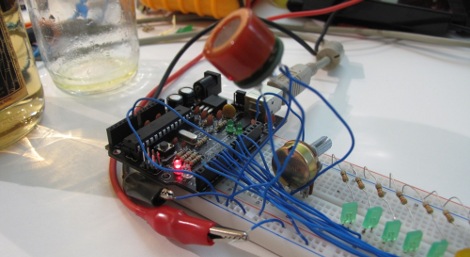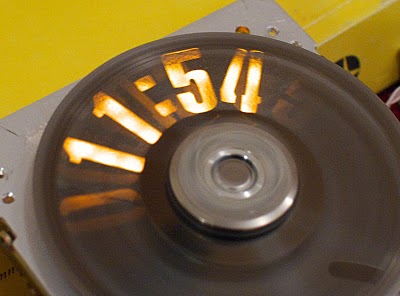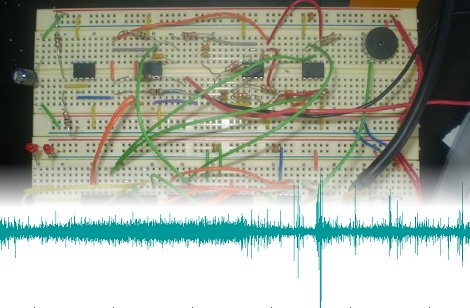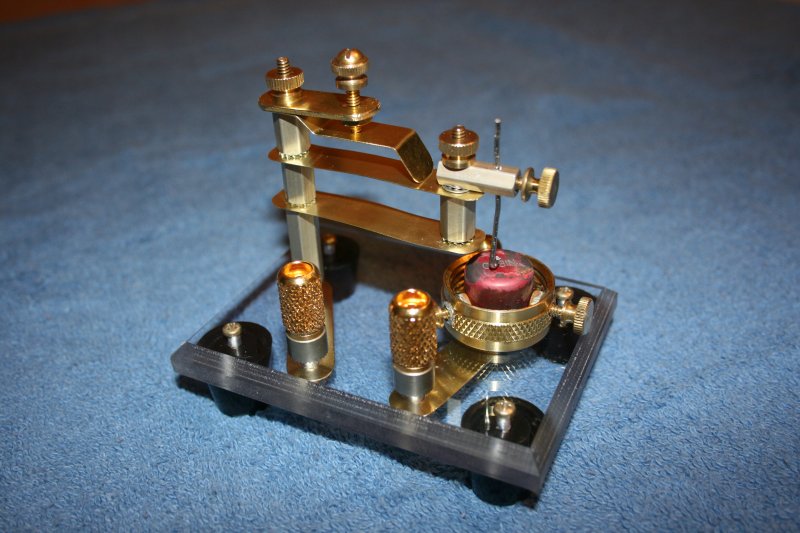
[Michael] sent us a link to his RC robotic platform. He started with the same RC toy as the iPhone Robot (CAR) but ended up with a blank slate waiting for more features. What he has is an Arduino with a motor driver, three bump switches for the front and rear, and a XBee module. On the other side of things he used a SparkFun USB to FTDI connector to interface another XBee module with a PC in order to use Processing.
In the clip after the break you can see the motor control needs to have more fine-tuning done so the beast isn’t just out of control when running. But there’s a ton of potential here. It should not be a problem to add at lease rudimentary video feedback from the device. The Arduino is currently only being used marginally, leaving plenty of space to add on-board sensing such as IR, proximity, or light.
It’s a clean start, we expect to see updates! Continue reading “RC Truck Source For Robotics Platform” →

















